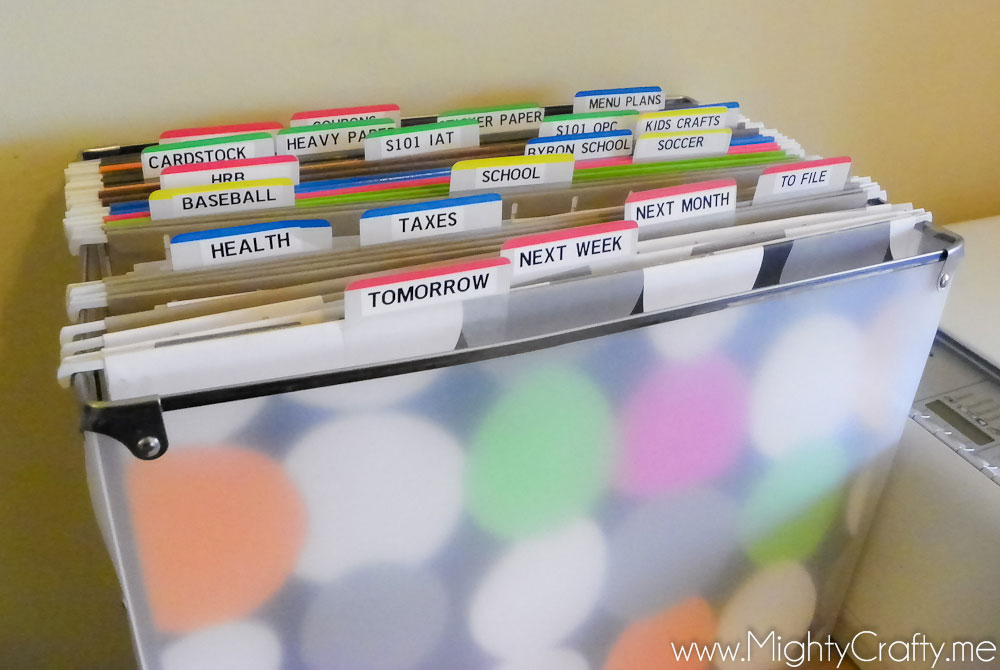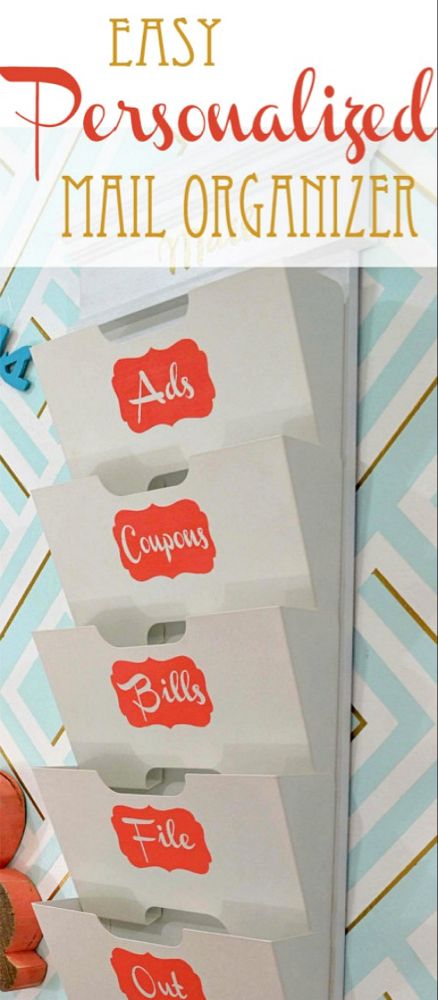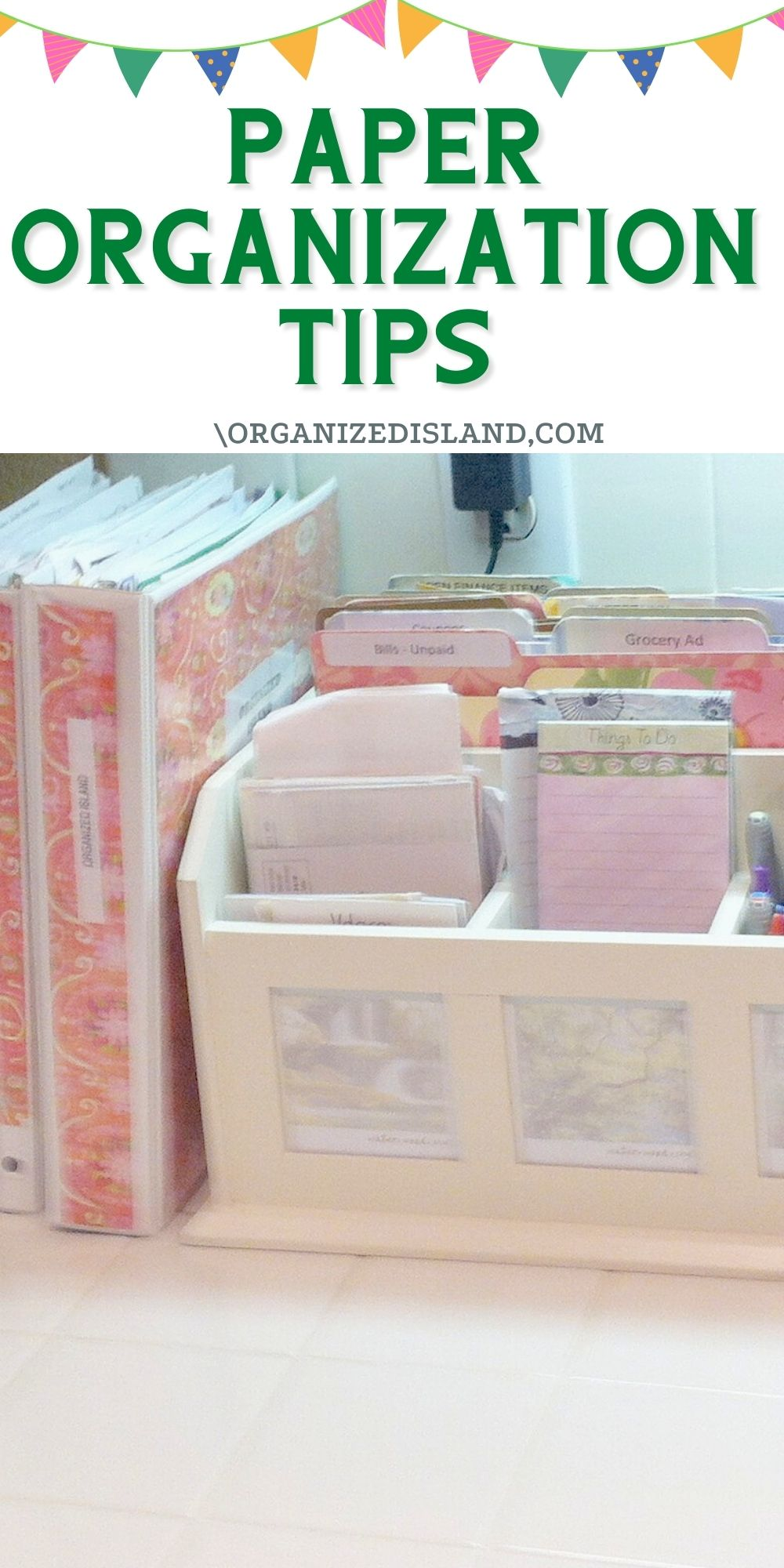5 Simple Ways to Organize Your Home Paperwork

Decluttering your home of paperwork might seem like a daunting task, but with the right approach, it can become a manageable and even a therapeutic activity. Whether you're dealing with bills, school papers, or personal documents, organizing this flood of paper can bring peace to your life and save you from headaches down the road. Here are five straightforward methods to help you tame the paper dragon once and for all.
1. Implement the In-Box, Out-Box System

An effective first step in managing paperwork is setting up an In-Box and an Out-Box on your desk or designated area:
- In-Box: Use this for all incoming mail, school documents, or any paperwork that needs attention. Make it a rule that everything must go into this box first.
- Out-Box: Once you've handled the paperwork in your In-Box, place it here. Items here are either to be filed, shredded, or discarded.
This system helps prevent papers from accumulating on your desk or countertops, reducing clutter immediately.
✨ Note: Ensure your In-Box and Out-Box are clearly labeled. Using different colored trays or labels can visually help you and your family members to know where documents should go.
2. Go Digital Where Possible

Many documents you receive can be converted to digital form, which not only reduces physical clutter but also helps in preserving the information:
- Scan receipts, bills, and important documents using a scanning app or a dedicated scanner.
- Set up e-billing and opt for paperless statements where available.
- Store digital copies in cloud storage solutions like Google Drive, Dropbox, or OneDrive. Tag and categorize for easy retrieval.
By going digital, you also reduce the risk of losing important documents to physical damage or misplacement.
3. Categorize and File Physically

Not all documents can go digital, so a physical filing system is still necessary:
| Category | Description |
|---|---|
| Financial | Tax returns, bank statements, loan documents. |
| Health | Medical records, insurance policies, prescription lists. |
| Home/Property | Deeds, leases, warranties, repair receipts. |
| Legal | Wills, trusts, marriage certificates, passports. |
| Work/School | Resume, school records, certificates, transcripts. |

Make sure to use hanging file folders, color-coded labels, or alphabetical tabs for easy access.
🌟 Note: Regularly review your files. At least once a year, purge files that are no longer relevant, like old utility bills, to keep your system efficient.
4. Use a Monthly Calendar or Planner

To manage the time-sensitive paperwork like bills, appointment reminders, or project deadlines:
- Mark due dates on a physical or digital planner.
- Set reminders on your phone or computer to alert you before due dates.
- If applicable, use color coding to categorize different types of paperwork.
This not only keeps you on track but also provides a visual roadmap of your tasks and responsibilities.
5. Set a Weekly Sorting Time

Dedicate a regular time each week to sort through your In-Box:
- Sort: Go through each document, deciding whether it needs immediate action, should be filed, or can be discarded.
- Action: Pay bills, file documents, or respond to letters right away if possible.
- Discard: Shred or recycle unnecessary papers to avoid clutter build-up.
By scheduling this task, it becomes a habit, reducing the overwhelm of dealing with a mountain of papers all at once.
⏳ Note: Consider turning this sorting time into a productive routine, perhaps with a favorite podcast or background music to make it more enjoyable.
As we reach the end of our journey through the organization of paperwork, it's clear that small, consistent actions can lead to significant results. By implementing these five straightforward steps, you're not just decluttering your physical space but also clearing your mind from the constant worry of lost documents or missed deadlines. Remember, the goal is not just to tidy up but to create a system that supports your lifestyle, making life easier and more organized.
What are the benefits of going paperless?

+
Going paperless helps in reducing clutter, saving space, cutting down on physical storage needs, and preserving documents from physical damage. It’s also an eco-friendly choice, reducing paper waste.
How often should I sort through my In-Box?

+
Weekly is a good practice. It keeps the task manageable and prevents the build-up of overwhelming piles of paper.
What documents should I keep in physical form?

+
Documents that require original signatures or have special legal importance, like property deeds, birth certificates, and passports, are best kept in physical form for potential official use.



